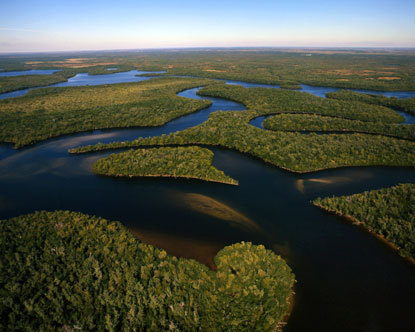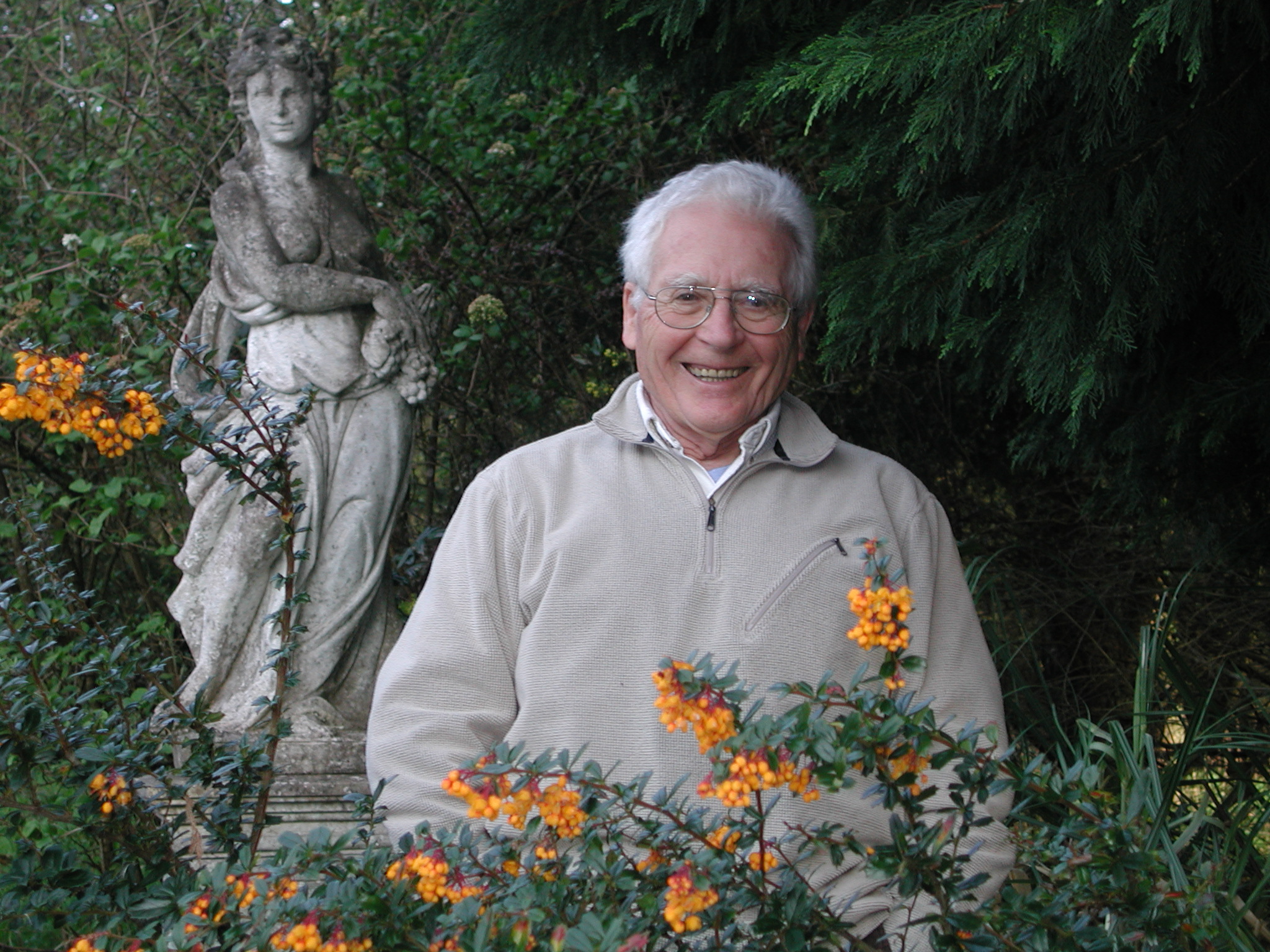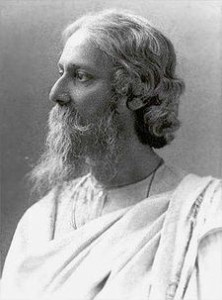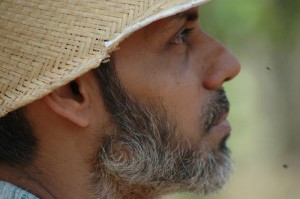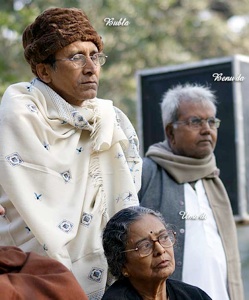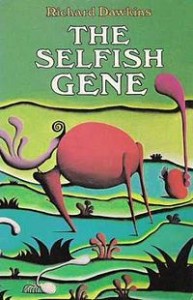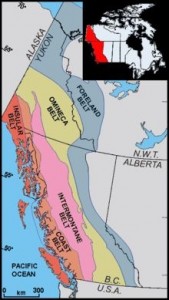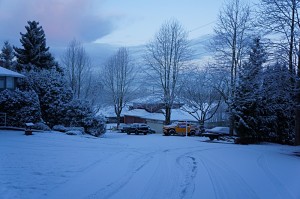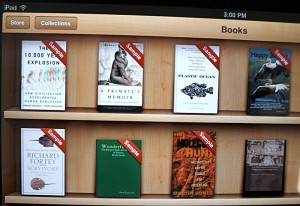“How much time?”
Neil was looking at the clips of movies he had taken recently, mostly of wild ducks. In one clip, a couple of hooded mergansers were bathing and cleaning themselves vigorously, one in the water and the other standing on a floating log. Neil loved it. He decided to use it later, to make a home movie. That was one of his hobbies.
Mabel sat next to him, watching. She was not there when he took the video, but religiously saw all the still shots, of which there were a few hundred, as well as all the video clips, some half a dozen.
The conversation had moved on to the Gaia hypothesis of James Lovelock. Neil had just finished his latest book – The Vanishing Face of Gaia. Some of the points raised by Lovelock went against even his own earlier belief, and that of many of his environmentally conscious friends, he could not brush them off. A large part of what Lovelock said, made sense.
It was in that context that Neil had mentioned that the planet had crossed a significant threshold – a point of no return. Earth was almost certainly going to heat up to a level where large swaths of its landmass would be unsuitable for human habitation as we know it today. In that sense, the planet to a large extent is doomed, and modern industrial man was largely responsible for it – except for one wild card in the game, Gaia. The question was no more if, but when the planet was going to deteriorate rapidly and what Gaia might do in response.
Neil turned to Mabel.
She had been working today. They were not supposed to meet. He himself had just gotten home from work. Tomorrow was also a working day.
But, it felt good to spend time together. He had often thought of asking Mabel to move in with him, but could not bring himself to do that just yet. Mabel, meanwhile, would usually call him up once a day or so, and drop in at his place every few days after work. Neil had only been to her place once, for a few minutes. She had a small one room apartment on a multi-story building. He felt a bit out of place there. Mabel never asked him to spend the night there. Perhaps she sensed he was not comfortable. It was she that usually spend the night at his place, whenever that happened. Her white jeep parked in front of his house was a sort of familiar feature in the neighborhood by now.
He was still adjusting to the fact that Mabel might be a bit young for him, and could not shake off the thought that she might eventually tire of him and move on to someone closer to her age. He was aware that although Mabel was an adult now, she nourished a six year long teenage crush on him ever since she first saw him as a sixteen year old high school girl. He was already twenty eight at the time, and was not even aware that she liked him. That was a long time ago. Today, he was a bachelor of thirty four and she was a mere twenty two. Apart from years, he also felt a generation apart both culturally and mentally. And yet, they seemed to gel well. She brought warmth and a freshness into his life, apart from being in totally in synch with his interests and hobbies and thoughts. She was good for his ego, Neil decided. But perhaps he was not the best thing for her life. This was one thought he could not rid himself off. Being a somewhat private person, he found it difficult to discuss these issues with her face to face. He was also worried that he might hurt her by questioning their affair.
It was a mess, but hopefully, would end in a good outcome for both of them.
“How long?” She asked. She had such a fresh face and a calming appearance – it tugged at Neil’s heart.
He held her face and kissed her on her mouth. She closed her eyes. Her mouth softened. She had full, pliant lips. It can be addictive – Neil thought.
Mabel opened her eyes at the end of it, and gave him a small peck on his lips in return. “How long?”
“How long do we have on this planet ?”
She nodded.
“Well, I hope it would be longer than it takes for us to kiss a little.” He chuckled, teasing her.
She cuffed him. “No, seriously.”
“Well, opinion is divided on it. If you ask many of the western Governments, including Canada and USA, global warming is a myth or at best an unproven theory. Therefore, these Governments do not any more feel the need to do anything significant singly or collectively, to address this issue. Some are blaming China of today or India of the near future, for being responsible for the mess. China of course is blaming the west for adding all the carbon di-oxide for the last few centuries through dirty industrialization in the first place. So, we are in a blame game right now.”
“Never mind China, Canada or USA and the blame game. How much time does a man in Tahiti have?”
“Man in Tahiti ?” Neil scratched his head. “I don’t believe I know that man, in tahiti.” He said in mock seriousness.
She cuffed him again.
“Well, if you ask me, we have crossed the point of no return already. How long the earth will take to make it hell for humans, is something no one can correctly predict. But a few decades to a century is the time span when the serious deterioration begins to hit us. So, you and I are likely to see the beginning of it. In fact we are already seeing the beginning of it for a long time, just did not wish to acknowledge it for what it is. But more than you and me, it is the next generation kids, and the next, that will really see the crap hit the fan, so to speak.”
Mabel contemplated the issue. “Why is it that so many scientists cannot tell us when this will begin to get nasty and how to prevent a catastrophe? We are an advanced technology civilization, are we not?”
“Are we?” he asked back.
Mabel did not answer but widened her eyes at him. She did that, whenever confronted with a question that could have multiple answers.
“There are not too many independent pure scientists left in the world, Mabel.” Neil opined. “What we have is truck-loads of quasi-scientists that are funded by selfish organizations that pollute science and destroy neutral analysis. They want theories to come out protecting the business as usual model. Everything must relate to making a profit. Even curbing green house gas emission must be designed such that folks would trade on carbon credits and make money. Its disgusting to even think how little the world really cares of the future. We have bankers, politicians, corporate moguls and media pundits, animal right activists, sustainable living advocates, bleeding heart liberals and right wing conservatives – all pushing their own partial agenda on the table and making everything bewilderingly complex. Any debate on the issue stops being rational and scientific and descends into a cacophony of noise.”
“Hmm.. We need some clear thinking persons that can talk – right ?”
“Right. Dalai Lama is one clear thinking person. I do not know if he has read James Lovelock though. I know he is technically savvy and quite aware of many things. I read a book by him titled The Universe in a Single Atom: The Convergence of Science and Spirituality”. He is certainly wiser and more balanced than any other living religious guru that I know of. He is aware of global warming, but he is not the right person to think outside the box on this particular issue. It needs a scientists that is unfettered by interest groups.”
“James Lovelock is that person?”
“Well, he is among a handful that are not speaking on behalf of a lobby. Also, he has a clearer way to seeing things that I admire. This includes his views on nuclear energy, which he supports. Many environmentalist I know vehemently opposes nuclear power plants. That is an important issue, but not the main one any more. The train has left the station when it comes to preventing global warming, you know? Developping emission free energy is going to be important, but a far more challenging necessity is facing us – that of turning our idea of modern civilization as well as man’s place on this planet on its head. But it is too late to think we can prevent catastrophic global warming.”
“You are saying it is too late to do anything, therefore do nothing ? That sounds defeatist. Not like you.” She looked at him.
“Thats not what Lovelock is saying. As to me, I have a more resigned view at it – perhaps similar to Dalai Lama. I have decided not to get excited and accept a few hard facts.”
Mabel contemplated that. “What are those hard facts?”
Neil counted them in his finger – “A) a human being is an accidental evolutionary outcome that is neither chosen by god, nor permanent, and therefore, if man survives or not is not so interesting for the planet”
Mabel nodded. “And B)?”
Neil cleared his throat. “B) whatever happens, was perhaps going to happen anyway. If man was destined to damage its own environment and cause mass extinction of species including his own, well that was perhaps how things were to happen anyway.”
“Thats all?”
“There is more. C) man is not unique in changing the earth biosphere. Other creatures have been doing it a long time before man came. In fact, if other organisms did not alter the atmosphere, higher oxygen breathing mammals, birds, fish and reptiles would not even have evolved. So, nothing particularly earth shattering to know that man is responsible for bringing massive change to the planets atmosphere, and gaia will react to it like it has done in the past. The only difference is, Man did what he did so fast, that Gaia is likely to kick back equally fast, and many of the living creatures may not have enough time to adjust to it.”
“And that includes man, right?”
“Yes. It particularly affects man.”
“So is Lovelock saying there is no need to do anything?”
“Thats not what he is saying. I think his point is – stop trying to engage in superficial efforts and lip service to climate change issues. Stop promoting bogus technologies just to make money, in the name of alternative energy source. Stop pretending the planet can sustain eight billion people and their pets and domestic animals without damaging the environment irreversibly. And finally, accept that damage is irreversible, and instead of attempting to stop it, change your civilization, redraw it from scratch, and take steps now, so that even a smaller number of humans at least have a chance to survive the climatic onslaught that is facing us.”
“Thats sounds like a doomsday warning.”
Neil nodded. “Lovelock is a scientist that worked in the Jet Propulsion Lab in California many years ago. He is a known scientist, albeit long retired, with a theory that the planet earth is not a passive element, where all changes in its climate is a response to external conditions. It is a dynamic entity, Gaia, which also triggers internal reorganization as a response to external stimuli. Scientists almost always miss-calculate earths degrading climate because its computer models are flawed and because it cannot understand that the planet is not passive, but active. According to Lovelock, man has damaged this bio-system enough to prevent the planet from self-controlling its atmosphere, and we have entered a phase of runaway climate change, like it happened 55 million years ago. But this time, it is expected to happen much more rapidly.”
Neil got up and moved to the kitchen. He was going to warm up some soup and vegetables. Mabel joined him, taking out cutlery and setting the small table inside the kitchen. Sometimes they sit down there and finish a meal. It feel more cozy than the large dining table in the next room.
“How fast or slow did the warming happen 55 million years ago. Since humans were not there, what caused it? What kind of creatures lived there at the time?”
“Too many questions. I don’t know all the answer. It happened at the onset of the Eocene era.”
“Whats Eocene ?”
“Well, you know about the age of the dinosaurs, right ?”
“Right.”
“They died out, in a phase of rapid mass extinction of many kinds of living creatures. That was the end of the Cretaceous period, about 65 million years ago. That opened up the field for diminutive mammals that were unable to gain stature under competition of the dinosaurs. So the next phase is often called the age of mammals. That started around 65 million years ago and continues till today. This phase has been broken into some segments. The first segment immediately after the dinosaurs is called Paleocene. That era ended at around 55 million years ago, and the next era started – Eocene. It is the boundary between Paleocene and Eocene when the earth suddenly warmed up with very high concentration of atmospheric carbon di-oxide comparable to today. Scientists think that the warming happened over a period of say twenty thousand years or so. That was slow enough for many of the animals and plants to move to relatively cooler regions and evolve to adopt the new environment. The planet would take almost twenty million years to come to a stage where ice sheets can again form on Antarctica, the land mass at South pole.”
Mabel tried to absorb that news and relate to it. She had never been outside of Canada. Antarctica was just a name. She could not remember any friend or relative ever talk about Antarctica seriously. Except perhaps Neil.
Neil continued, “But today, Lovelock believes the same sudden warming is likely to happen within a century or so, which will not be enough for most of the living creatures to adjust. Humans will have to take a very big hit.”
“Jesus”
“Yeah. I am not a very religious man. But a religious Hindu might say ‘Hai Ram’ which would be his way of expressing the same thing, in the name of a different God.”
Mabel smiled ruefully. “Its terrible. Does that warming up have a name, what happened at Paleocene-Eocene boundary?”
Neil tried cocking an eyebrow, and failed. Mabel was picking up terminology fast enough. She had a keen interest, which pleased as well as tickled him.
“I think it is called Paleocene-Eocene thermal maximus or something. In short – PETM. You can see it in the chart in Wikipedia – a sudden sharp spike in Atmospheric Co2 content and a long warming of the planet.”
The microwave let out of small chime, indicating it had finished heating the food, having delivered the desired thermal maximum in their bowl of soup.




